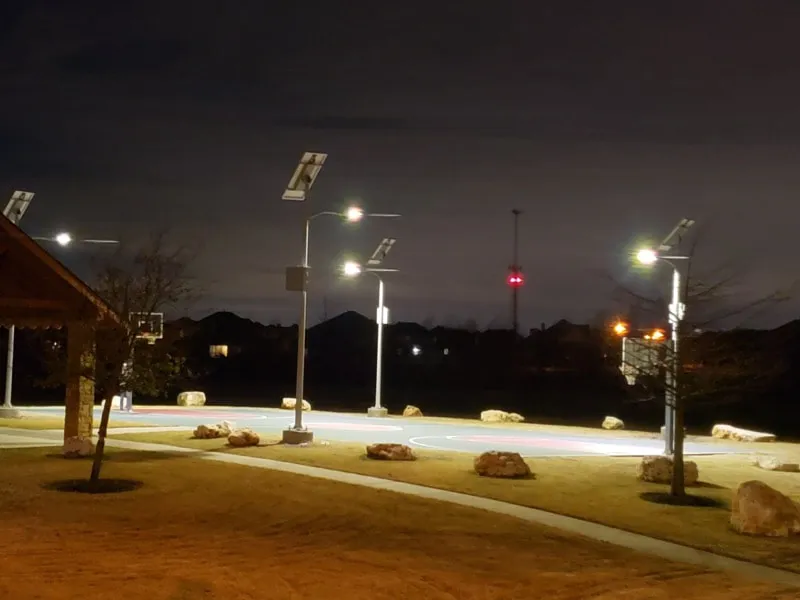You don’t want to pick the wrong LED strip lights for outside. If you do, they won’t work right, you’ll have to replace them all the time, and you’ll waste your money. Don’t let this happen to you. Find out how to pick the right lights that will last, be bright, and save you energy when you put them outside.
When you’re picking outdoor LED strip lights, you want to make sure they’re waterproof (IP65 or higher), they match the voltage of your power supply, and they have enough lumens per meter for what you’re trying to do. Also, get lights that are made out of stuff that can handle the outside world and UV rays.
To pick the right outdoor LED strip lights, you need to know what to look for. Let’s talk about the important things to consider when you’re choosing.
- What LED Light is Best for Outdoors?
- Can Any LED Light Be Used Outdoors?
- What to Look Out for When Buying LED Strip Lights?
- What to Look Out for When Buying LED Strip Lights?
- How to Choose Outdoor LED?
- Tips for Selecting Weatherproof Outdoor LED Strip Lights
- Why Lumens Matter When Choosing LED Strip Lights
What LED Light is Best for Outdoors?
When you’re trying to light up outside, you need lights that are tough, won’t use a lot of energy, and can handle the weather. You’ll usually want to get LED strip lights that have an IP65 or higher waterproof rating, so they can handle rain and dust. Also, make sure the lights are made out of stuff that can handle UV rays, so they don’t get messed up by the sun. The number of lumens per meter should be right for what you’re trying to do—higher for lighting up stuff you’re working on and lower for lighting up the area or making it look nice.
Can Any LED Light Be Used Outdoors?
Most LED lights aren’t made to go outside. You need to find lights that are rated for wet or damp locations. Look for the UL rating on the box to see where you can put them. A wet-rated LED light can be out in the water, but a damp-rated light can only be outside if it’s covered. Also, make sure the light fixtures and strip lights are made for outside so they don’t cause any problems and last a long time.
What to Look Out for When Buying LED Strip Lights?
When you’re buying LED strip lights, there are a few things to think about:
- IP Rating: Tells you how much water and dust the lights can handle. For outside, get IP65 or higher.
- Voltage: Make sure the lights work with your power supply (12V or 24V).
- Wattage: The lights need to match up with how much power your power supply puts out. You want the voltage of the strip lights to be at least 20% lower than the wattage rating of your power supply.
- Lumens per Meter: This tells you how bright the lights are. For outside, make sure you get lights that are bright enough for what you’re doing.
- LED Density: This is how many LEDs are on the strip per meter. It changes how bright the lights are and how evenly the light gets spread out.
How to Choose Outdoor LED?
Choosing outdoor LED lights involves assessing several critical factors:
- Environmental Ruggedness: Make sure the lights can handle the outside and won’t get messed up by rain, wind, or the sun.
- Installation Location: Figure out where you’re going to put the lights—on the ground, under the roof, or along the path—and pick lights that work for that.
- Support and Maintenance: Think about how easy the lights will be to take care of and whether or not the people who made them will help you if something goes wrong.
- Safety Certifications: Look for certifications like UL or CE that tell you the lights are safe to use outside.
Tips for Selecting Weatherproof Outdoor LED Strip Lights
The lights need to be able to handle the outside. You want to look for lights that have a high IP rating (IP65 or higher) so they can handle water and dust. Look for strips that are covered in silicone or something like that to keep the water away from the LEDs but still let you bend the strip to put it where you want. Also, make sure the connectors and power supplies are weatherproof so you don’t have any electrical issues.
The wattage per meter is how much power the strip lights use and how bright they are. The more watts, the brighter the lights and the more power they use. Make sure the total wattage of the lights is less than what your power supply can handle without overheating or shorting out. You can figure out how many watts you need by looking at how long the strip is and how many LEDs are on it per meter.
Why Lumens Matter When Choosing LED Strip Lights
Lumens are how bright the lights are. Make sure the strip lights have enough lumens per meter for what you’re trying to do outside. You’ll want more lumens for task lighting, like lighting up the path or showing off your house, and fewer lumens for making the space look nice. Knowing how many lumens you need will help you get the right brightness and look for your outside area.
Conclusion
Choosing the right outdoor LED strip lights is key to making sure your area is bright, safe, and energy efficient. Make a good choice by thinking about stuff like waterproofing, wattage, lumens, and how tough the lights are. welcome to inquiry with Besenled





